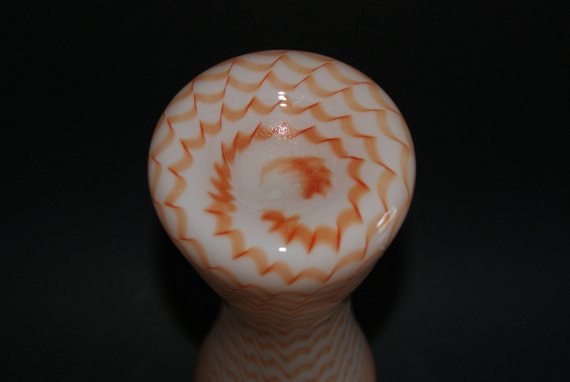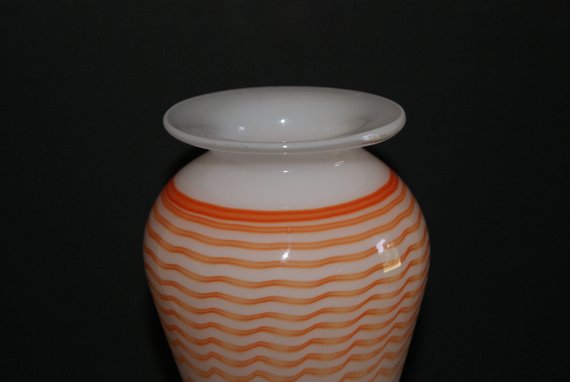I am always amazed by the different colors, shapes and patterns that I run across on glassware—you never know what you will see. Here are some of the types of glassware that you might run across when you are out shopping:
Milk glass—this is an opaque milk white colored glass that can be blown or pressed into a wide variety of shapes and sizes. There have been several different colors of this type of glass made over the years—this includes blue, pink, yellow, brown,black, and the white that led to its name.

Slag glass—this is a collectors’ name for an opaque pressed glass that has colored streaks in it. The streaks are usually white or even a cream color. One way to achieve these colors is to add pulverized silicate slag from iron smelting works to the glass.

Cased glass—this is a type of glass that consists of two or more fused layers of different colors. This type of glass is often decorated by cutting away glass so that the inner layers show through.

This is just a handful of what you might run across. What types of glassware have you run across?



